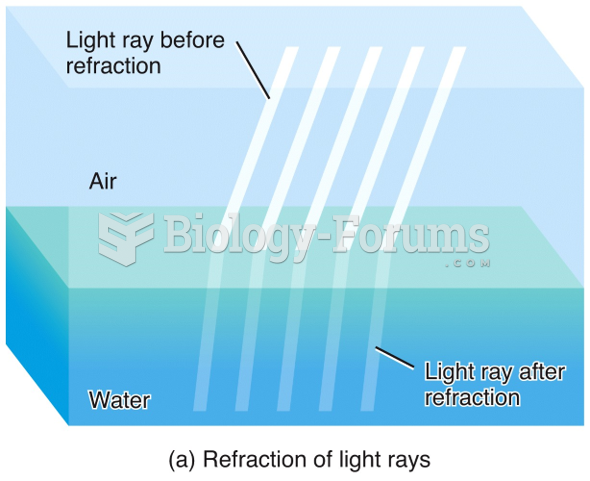This topic contains a solution. Click here to go to the answer
|
|
|
Did you know?
The B-complex vitamins and vitamin C are not stored in the body and must be replaced each day.
Did you know?
Normal urine is sterile. It contains fluids, salts, and waste products. It is free of bacteria, viruses, and fungi.
Did you know?
There are approximately 3 million unintended pregnancies in the United States each year.
Did you know?
In the United States, there is a birth every 8 seconds, according to the U.S. Census Bureau's Population Clock.
Did you know?
Thyroid conditions may make getting pregnant impossible.
 The patient is placed between the X-ray tube, which emits a cone-shaped X-ray beam, and the film or ...
The patient is placed between the X-ray tube, which emits a cone-shaped X-ray beam, and the film or ...
 Bones do not allow the X-ray beam to pass through them, resulting in an image of the bones on the ...
Bones do not allow the X-ray beam to pass through them, resulting in an image of the bones on the ...





